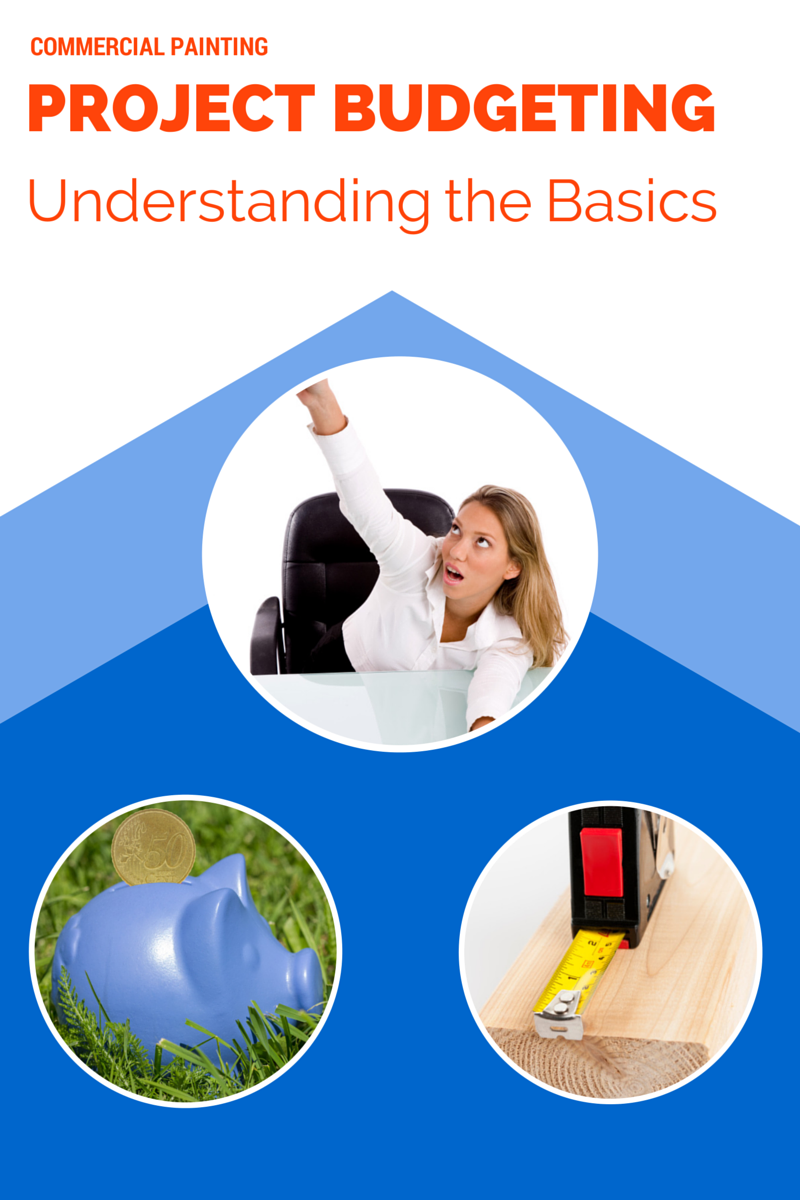We have good news for you: managing a commercial painting budget doesn’t require a master’s degree. You just need to know how to create the budget according to cost estimates, how to divide it among different project phases, and how to reevaluate it, as you move from one phase to another.
Commercial Painting Project Budgeting: Understanding the Basics
Budgeting for a commercial painting project isn’t easy. Square footage, materials needed, prep work, and unexpected events, such as unforeseen overtime and subcontracted work, can greatly affect initial cost estimates. But you can still budget accurately and make the most of your project. How? By simply considering the following tips:

- Choose between Bottom-Up and Top-Down Approaches – The bottom-up approach implies contacting several commercial painting contractors and requesting cost estimates. To offer accurate quotes, most contractors will come on site to perform a comprehensive assessment. To ensure that the assessment is carried out correctly, you should accompany the contractor and ask clarifying questions when necessary. Then, the contractor will provide a project cost estimate, based on which you can set up your budget. This approach is very accurate, as long as the contractor doesn’t miss any task or activity. In the top-down approach, the budget is set up first, according to how much the project may cost. The amount is then divided between the different phases of the project. Although budgeting based on how much projects may cost is more guessing than estimating, the main advantage of the top-down approach is that it focuses on completing projects within allocated budgets.
- Create a contingency reserve – Getting the best out of your commercial painting project is almost impossible if you don’t allocate extra funds to manage potential risks. When unexpected events occur, having extra funds to cover additional costs will allow you to keep your project moving forward. Usually, contingency reserves range from 20 to 30 percent of the total project cost.
- Keep costs under control – If cost estimates exceed your budget, you have four options to cut down costs: 1) you can try to renegotiate the initial offer; 2) you can opt for less expensive resources (less experienced contractors, lower-quality materials, etc.); 3) you can remove some of the tasks you wanted to accomplish; 4) you can choose high-quality resources, knowing that your project will be completed in significantly less time, which will result in lower costs. Regardless of the options you choose, it’s critical to consider the consequences of your decision before implementing it.
Staying within Budget: Is It Possible?
A very important thing to bear in mind is that the senior management team is always happy when projects are kept within budgets. To avoid going over budget, you should compare the amount of money spent on each phase of the project with the funds allocated. For instance, if you’ve allotted $1,000 for materials and prep work, but you’ve only spent $900, you can save $100.
Additionally, by verifying your budget on a regular basis, you can easily avoid getting too far out of hand. A 5 percent overrun, for example, is much easier to correct than a 20 percent overrun. With frequent reevaluations of cost estimates and expenditures, you have greater chances to keep projects on track than if you forecast the budget once and then forget about it.
Although it’s impossible to estimate costs exactly or to know which activities will cost more or less than expected, by considering the aforementioned points and using your common sense, you’ll be able to make the most of your Florida commercial painting project, irrespective of its size and complexity.






